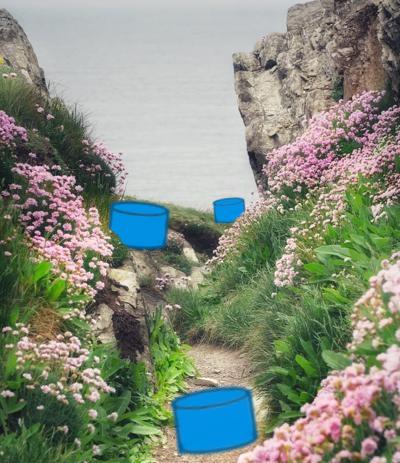What I Learned Writing About How to Diagnose and Troubleshoot High CPU in Azure SQL Database
Writing helps me learn. In my job as a Content Developer, this is more true than ever: there’s a fantastic group of folks, both in the Database Docs team and in the Microsoft Data Platform engineering team, who review and contribute to content.
I’ve just had the pleasure of publishing my first new article in the Microsoft Docs, Diagnose and troubleshoot high CPU on Azure SQL Database.






